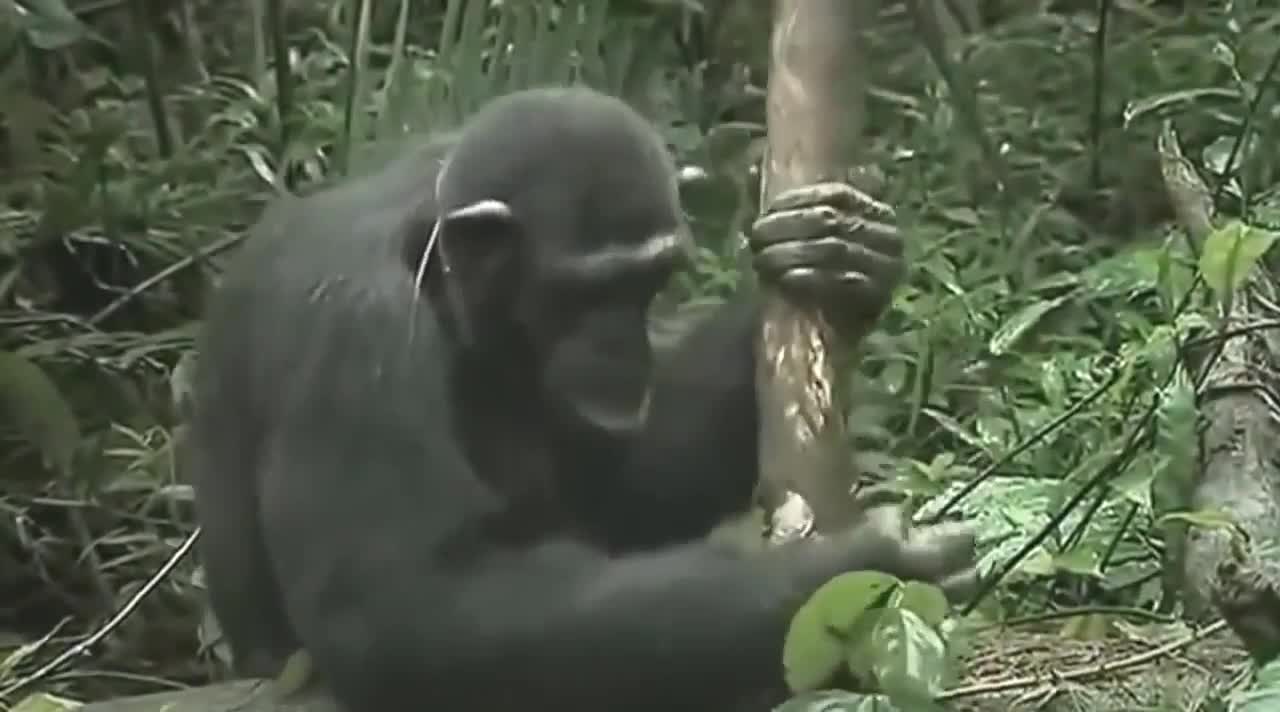Premium Only Content

National Geographic Documentary - The Magic of Chimpanzee - Animals Wildliffe
National Geographic Documentary - The Magic of Chimpanzee - Animals Wildliffe
Chimpanzees (or chimps) are the species of the great apes in the genus Pan, consisting of the common chimpanzee and the bonobo. Together with gorillas, they are the only great apes that are currently restricted in their range to Africa. Native to sub-Saharan Africa, both chimpanzees and bonobos are currently found in the Congo jungle.
They were once considered to be one species; however, since 1928, they have been recognized as two distinct species: the common chimpanzee (P. troglodytes) who live north of the Congo River, and the bonobo (P. paniscus) who live south of it.[2] In addition, P. troglodytes is divided into four subspecies, while P. paniscus has none. Based on genome sequencing, the two extant Pan species diverged around one million years ago. The most obvious differences are that chimpanzees are somewhat larger, more aggressive and male-dominated, while the bonobos are more gracile, peaceful, and female-dominated.
Their hair is typically black or brown. Males and females differ in size and appearance. Both chimps and bonobos are some of the most social great apes, with social bonds occurring among individuals in large communities. Fruit is the most important component of a chimpanzee's diet; however, they will also eat vegetation, bark, honey, insects and even other chimps or monkeys. They can live over 30 years in both the wild and captivity.
Chimpanzees and bonobos are equally humanity's closest living relatives. As such, they are among the largest-brained, and most intelligent of primates; they use a variety of sophisticated tools and construct elaborate sleeping nests each night from branches and foliage. They have both been extensively studied for their learning abilities. There may even be distinctive cultures within populations. Field studies of Pan troglodytes were pioneered by primatologist Jane Goodall. Both Pan species are considered to be endangered as human activities have caused severe declines in the populations and ranges of both species. Threats to wild panina populations include poaching, habitat destruction, and the illegal pet trade. Several conservation and rehabilitation organisations are dedicated to the survival of Pan species in the wild.
-
 2:04:30
2:04:30
TimcastIRL
2 hours agoEpstein Files Release IMMINENT, Trump AG Says The List Is ON HER DESK w/ Will Chamberlain
54.4K51 -
 1:25:35
1:25:35
Roseanne Barr
8 hours ago $14.75 earnedKash Me Outside, Pedos | The Roseanne Barr Podcast #88
35.5K28 -
 1:21:55
1:21:55
Kim Iversen
4 hours agoMultiple States To BAN mRNA Vaccines | They Want to Make Protesting Illegal, Here's How
22.1K25 -
 7:34:25
7:34:25
Dr Disrespect
10 hours ago🔴LIVE - DR DISRESPECT - WARZONE - IMPOSSIBLE TRIPLE THREAT CHALLENGE
158K20 -
 37:44
37:44
Glenn Greenwald
7 hours agoGlenn On Tearing Down the Military Industrial Complex, Exposing Pro-Israel Indoctrination, and More | SYSTEM UPDATE #411
56.7K83 -
 4:04:20
4:04:20
Nerdrotic
6 hours ago $37.70 earnedAmazon Takes 007! Hollywood is Lost, Disney Cancels WHO? | Friday Night Tights 342 /w ItsAGundam
125K23 -
 43:27
43:27
Tucker Carlson
6 hours agoRay Dalio: America’s Hidden Civil War, and the Race to Beat China in Tech, Economics, and Academia
115K146 -
 56:56
56:56
Candace Show Podcast
6 hours agoEXCLUSIVE: Taylor Swift Will Be Deposed. | Candace Ep 150
105K120 -
 1:03:52
1:03:52
IsaacButterfield
3 hours ago $1.05 earnedRepublican Vs 25 Transgender Activists | Jewish Outrage | Lizzo Loses All the Weight
15.9K3 -
 1:10:23
1:10:23
Edge of Wonder
7 hours agoChinese Biochips Hacking Minds? Quantum Control & Journey Song Mandela Effect
34K4